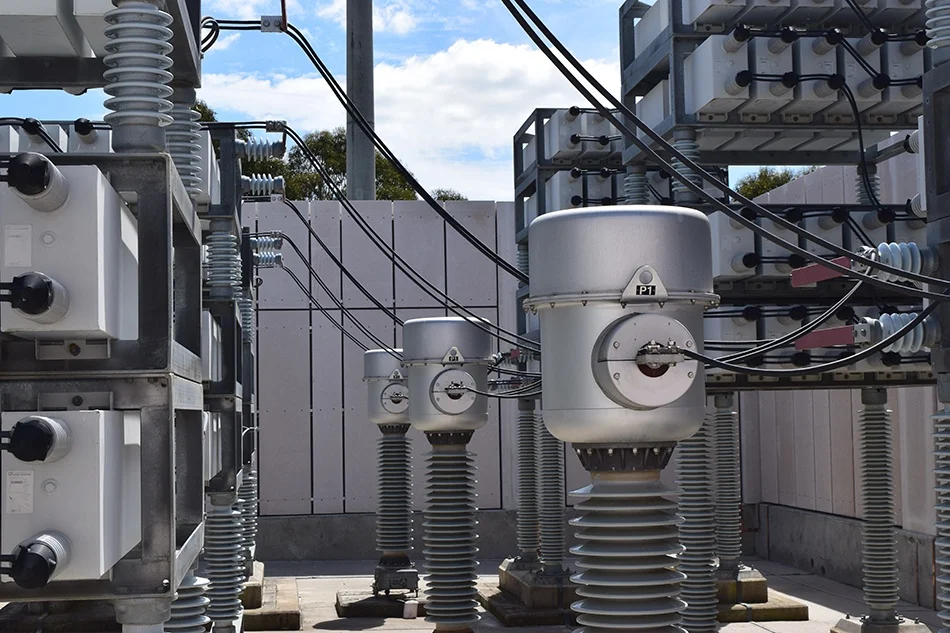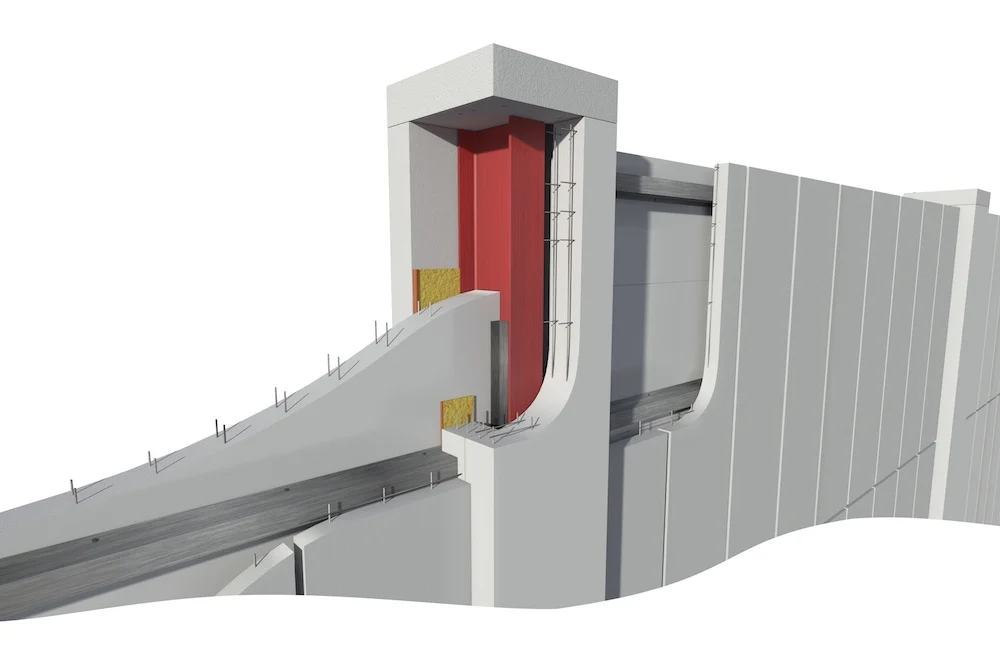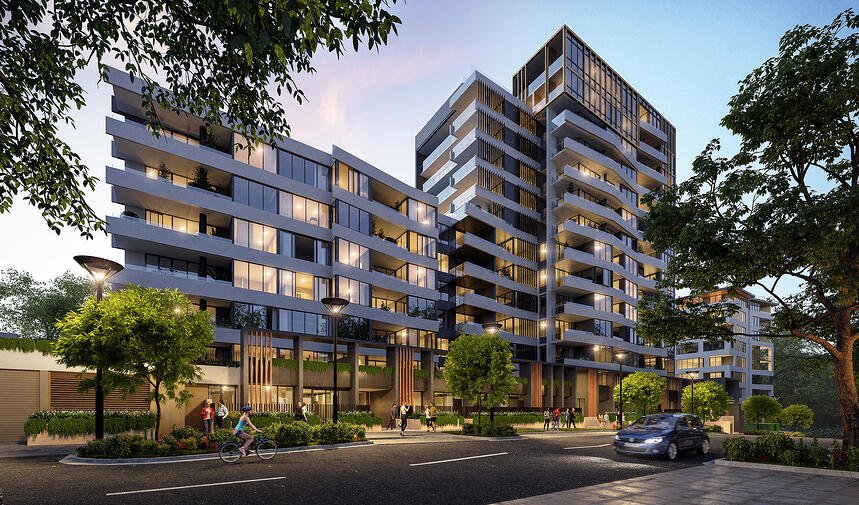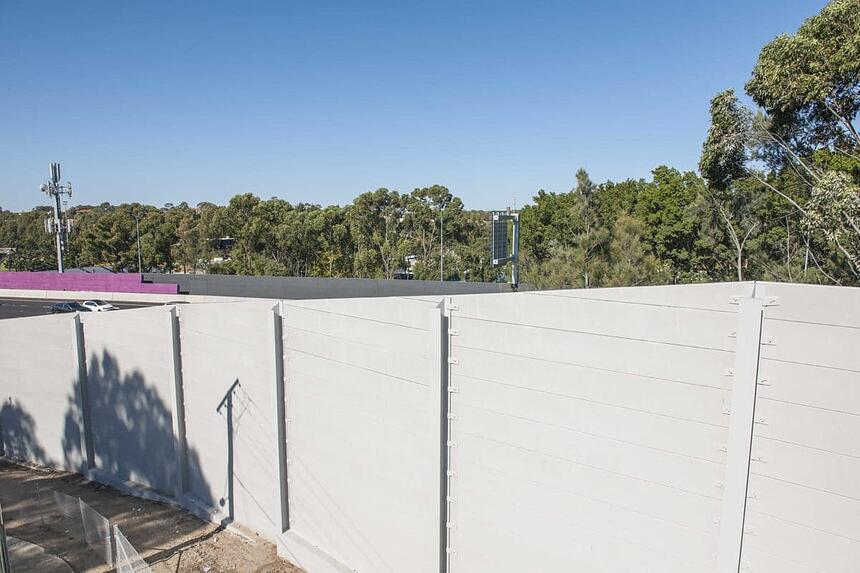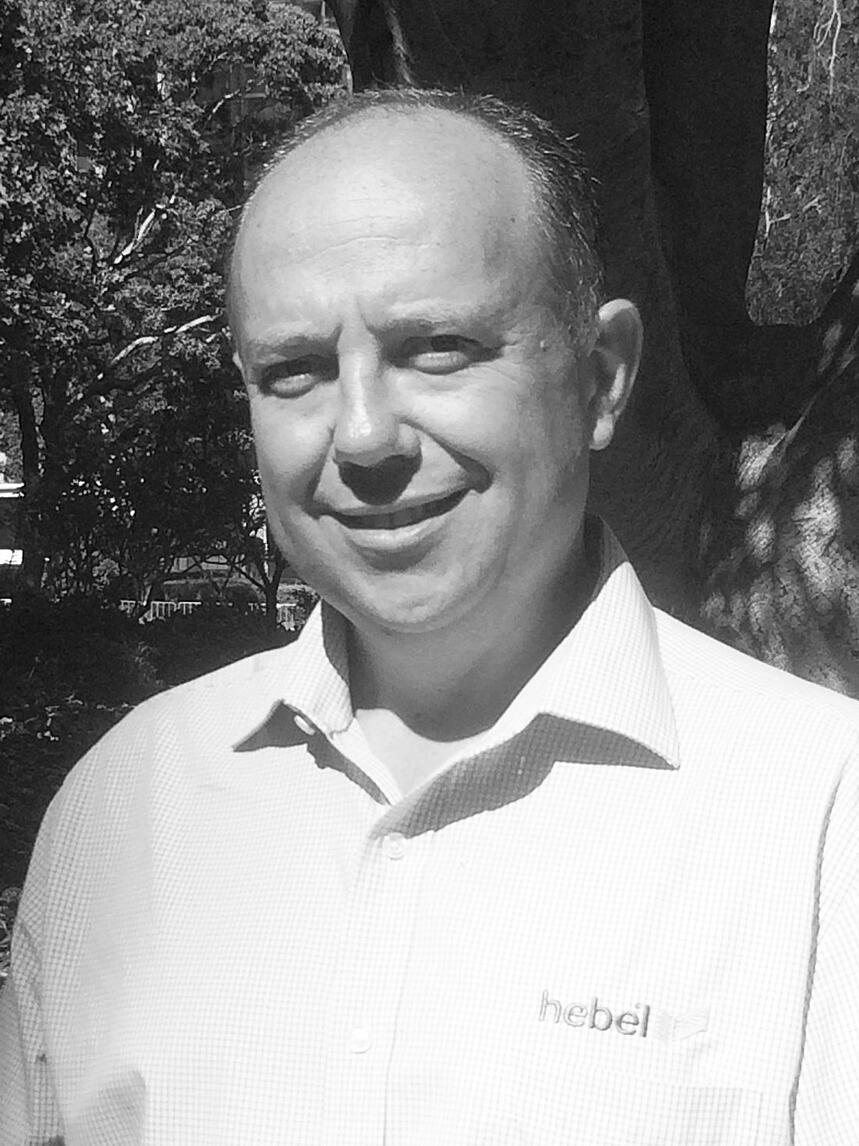
Resolving noise hum within 100 metres of substations
Stewart Ross, CSR Hebel National Civil Development Manager discusses issues around low frequency noise attenuation at substations and how to break through limitations of past.
Electricity substations regulating the supply of electricity are essential to modern living. So too is the need to locate them near residential dwellings in urban areas and with this comes an unfortunate side – low frequency tonal noise primarily produced by transformers.
Large zone substations typically have at least two step-down transformers that emit noise most commonly in the low frequencies between 100Hz and 200Hz. In addition, the noise hum is specific to each site. During the day the noise hum from the transformer is typically hidden, or masked, behind noise from traffic and industry. At night, when the background noise drops, the hum becomes more perceptible, annoying residents and in some cases impacting on their health.
Building buffer zones has played a significant role helping contain unwanted noise hum, along with noise barriers and absorbers. However, with the expansion of urban development and shrinking land availability, pressure is increasing to bring residential building closer to existing and planned substations. Limitations of noise barrier and absorber solutions have held back the opening up of land, compounded by higher level requirements for hydrocarbon fire rated walls.
In this article we explain the background to past noise barrier approaches and how an innovative and holistic design cuts through current solution limitations, opening up the opportunity to develop land within 100 metres of substations and upgrade existing substations.
Restrictions of past approaches
Previous attempts at quietening or deadening low frequency humming have had limited success for a number of reasons.
Screen walls are largely dependent on height and mass with small reductions in noise emission for the costs involved. The primary challenge lies in suppressing harmonic frequency noise further away from the transformer.
Total noise enclosures have been more effective than screen walls, however are faced with multiple challenges in the form of materials used. If absorptive materials are used on a wall structure they need to meet stringent fire rating standards and are unlikely to pass today’s hydrocarbon fire protection levels. Further typical absorptive materials are poor absorbers of low frequency noise. This leaves non-absorptive materials to solve the noise problem. Although structures such as solid concrete will prevent sound travelling through the wall they do not adequately absorb low frequency noise.
Baffles or slats have been configured on noise enclosures to form resonant absorbers, conventionally as a one-size-fits-all solution. Conceptually, resonant absorbers are ideal because a large amount of low frequency sound can be absorbed in a small space – acting as vibration systems that operate on sound pressure. The mass or plug of air in the opening of a cavity formed by the baffle vibrates against a spring, which is the air enclosed in the cavity. Within this space acoustic energy is converted to heat energy and noise is suppressed or cancelled. What tends to occur with the one-size-fits-all method is that the problematic frequency that varies for each substation is not specifically targeted therefore the opportunity is lost to provide the maximum reduction.
ACT Macgregor substation
A major step forward in noise abatement solutions
The baffle resonant absorber solution described above forms the basis of an advanced solution developed by CSR Hebel in conjunction with acoustic engineer Peter Knowland, Principal of PKA Acoustic Consulting. The baffle solution draws on the Helmholtz resonator absorber principle, which has been applied in acoustic modelling for complex projects such as principal concert halls, opera houses and theatres. Much earlier solutions using masonry acoustic walls in the performing arts area faced similar challenges to substations. They were difficult to tune to the acoustic environment.
Multiple factors need to be taken into account when developing a noise abatement solution for substations. These factors include the acoustic environment, cooling space for the transformer and equipment, construction cost, ease of construction, construction lead times, passive cellulosic and hydrocarbon fire protection requirements, oil spill protection and utility security.
Integral to the CSR Hebel solution is the high performing steel-reinforced autoclaved aerated concrete PowerShield panel for utilities application. Manufactured in Australia, the non-combustible tongue and groove Hebel panels are much lighter than standard concrete panels and are custom-made to specified sizes within short lead times. This means far greater flexibility in design and construction than working with other masonry based materials.
It is largely for these reasons Peter Knowland was able to develop a tuneable acoustic solution for CSR Hebel to meet a low frequency range of 40Hz to 200Hz. A system of calculations based on Helmholtz resonator absorber principles sits behind the advanced Hebel tuneable PowerShield acoustic1 and fire wall system. Using these calculations, the system comprising two wall layers is designed using customised spacing and set-out of panels. The first layer forms the main structure of the barrier. The second layer is connected to the first layer with a multiplicity of Hebel panel elements. These elements are sized and spaced according to the calculations for the specific acoustic environment of the substation. In other words the wall system is tuned.
Hebel PowerShield tunable acoustic and hydrocarbon wall system
As an example of its application, the tuneable PowerShield system was designed and constructed for Transgrid’s ACT Macgregor Substation upgrade. This upgrade replaced ageing transformers improving the reliability and performance of supply to Canberra and surrounding areas. The Hebel PowerShield wall system solution delivered a high performance fire wall enclosure2 and acoustic cancellation system tuned to the acoustic environment. As a result greenfield sites within a 100 metre zone around the substation enclosure can now be developed.
The Hebel Powershield tuneable acoustic and hydrocarbon fire wall system is a major breakthrough for the utilities sector, opening up land for development in the 100 metre zone for new substations and upgrades and retrofits.
1 Hebel Powershield tunable acoustic system is patented in NZ with an Australian patent pending by CSR Hebel.
2 Hebel PowerShield wall system is designed to withstand heat up to of 1300o, has a four-hour cellulosic fire resistance level of -/240/240 and has fire resistance performance when exposed to the Hydrocarbon Modified (HCM) fire curve as defined in French Ministry circular no.2000-63 of August 2000.
References:
Cox TJ & D’Antonio P (2009) Acoustic Absorbers and Diffusers: Theory, Design and Application pp197, Taylor & Francis, Oxon, United Kingdom.
Gange, M (2011) Low-frequency and Tonal Characteristics of Transformer Noise, PN23, Proceedings of ACOUSTICS 2011, Gold Coast, Australia.
Ming, RS, (2007) Acoustical barrier for transformer noise, 14th International Congress on Sound & Vibration, Cairns, Australia.
CSR Group Privacy Policy | CSR Group Cookie Policy | CSR Group Website Terms of Use | © 2024 Copyright Hebel.
